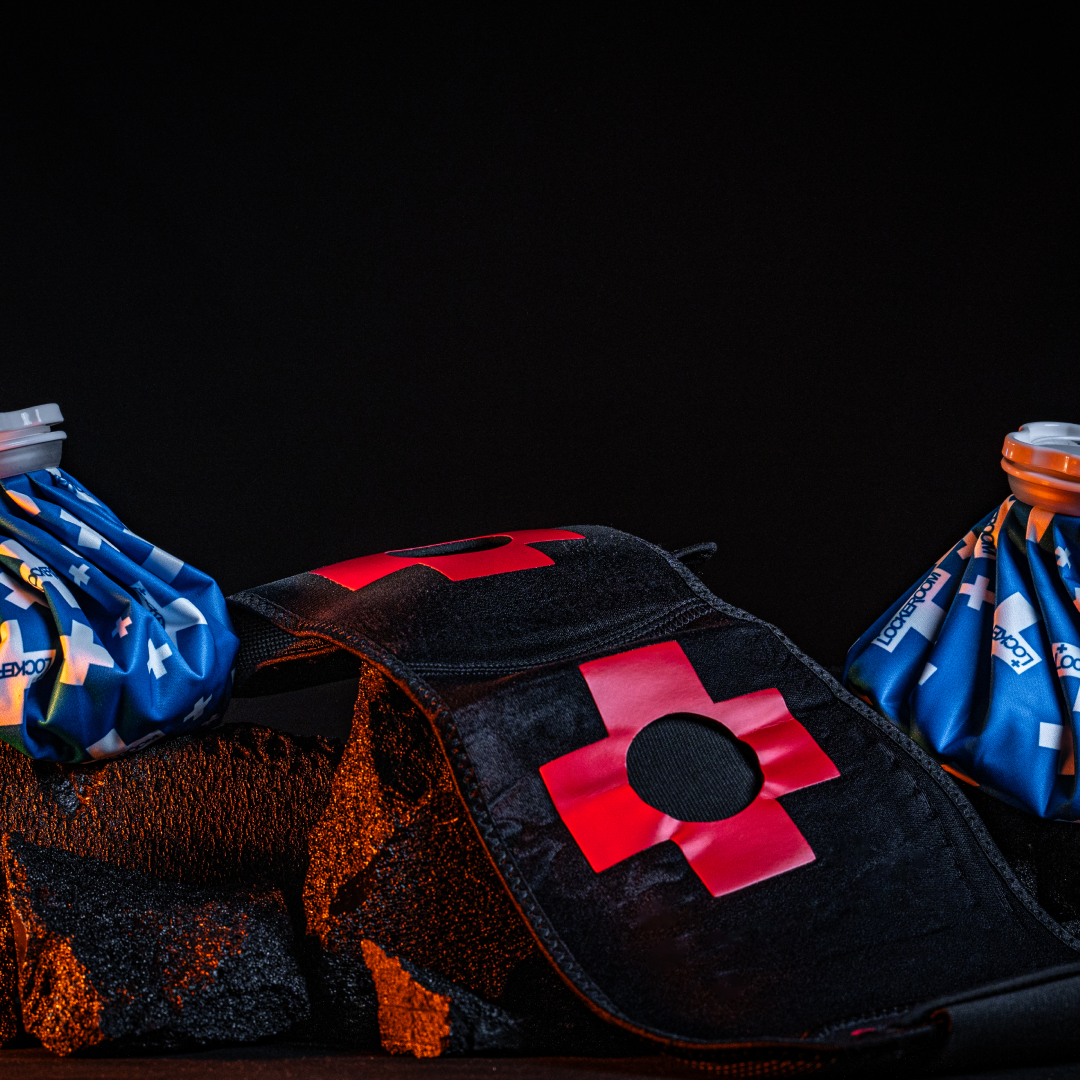
Q&A with Cam
Learn what might be behind your symptoms
Why is pain on the outside of the knee common in runners?
The most common injury seen with distance runners involving the lateral knee is known as ITB friction syndrome. It is characterised by pain just above the lateral knee and often arises from changes in activity levels, significantly increasing training loads, or running a marathon without adequate preparation. It is also frequently related to biomechanical issues: centering around poor pelvic control : tight TFL/ITB and Glute Max , weak gluteus medius Core and VMO, poor foot mechanics and possibly footwear.
It is not uncommon for athletes who can push through pain to complete their event. Most athletes have been forced to stop training due to pain before they attend for assessment and management.
Treatment typically involves a multi factored approach:
- Modified running (may require resting completely)
- Improving Mobility (Glute Med and TFL triggers using a Pocket Physio Max)
- Rolling ITB (Footeez)
- Strengthening Glutes (Mini Bands)
- Core strengthening (Posture Pro Dome)
- Improving running mechanics.
Why do so many Netball players get knee injuries?
Degeneration or overuse injuries affecting the lateral knee can include lateral meniscus tears, ITB (Iliotibial Band) friction syndrome, and superior tibiofibular joint sprains.
Superior tibiofibular joint sprains occur due to traumatic twisting injuries while the knee is flexed, such as during activities involving jumping, landing, or twisting. Symptoms include pain just below the knee. This type of injury is common in sports that involve jumping, such as netball, AFL, and volleyball.
Treatment usually includes rest, immobilisation, and physical therapy to restore function and alleviate pain.
What are the other common lateral joint problems you see in the Clinic?
Lateral Meniscus tears, Lateral Collateral ligament injuries and Lateral Tibial plateau injuries are not uncommon injuries.
There will usually be a history of trauma: ie a twisting or compression force causing injury.
Complainants generally will have been assessed and investigated and sent for rehab. This may be following surgery or after a period of management where bracing has been required.
Rehabilitation will usually always initially involve knee range of motion (ROM) drills, Quads strengthening, Hamstring and Calf strengthening. Progression from early rehab exercises includes focus on hip conditioning, core strengthening, ankle strengthening and balance exercises.
What's involved in early stage knee rehab?
Knee Rehab has some golden rules to follow:
- Manage swelling and pain. Use an Ice Mate and compression sleeve
- Improve Quads control. Ineffective Quads muscle activation and function will mean your walking gait cannot be effective. Work on knee extension
- is tied to 2: Look at Patellofemoral joint function. Make sure your knee cap is moving freely. Use taping if necessary
- Start to work on knee flexion ROM: keep Quads going
- Improve Hip mobility and strength. Release ITB, TFL, Glute Med, Hip lateral Rotators. Use a roller, such as Footeez or foam roller to release tightness in the iliotibial band (ITB)
- Trigger Point Release: Use a Pocket Physio Max to release tightness in the Gluteus Medius, Gluteus Maximus, and Tensor Fascia Lata (TFL). This can help relieve localised pain and improve function
- Stretching: Stretch the Quadriceps, Hamstrings, and Posterior Chain using a Stretchband to increase flexibility and reduce muscle tightness that may be contributing to knee pain
- Hip Conditioning: Improve hip strength with exercises targeting the Glutes using mini bands. Strengthening these muscles can support better knee alignment and function
- Core Strengthening: Enhance core strength with tools like the Posture Pro Dome to support overall stability and reduce strain on the knee joint.
Implementing these strategies will help reduce knee pain and support recovery. This guideline is dedicated to improvement seen in attributes ie Quads improving/ pain settling, ROM improving.
This means recovery is milestone based NOT timeline.
















